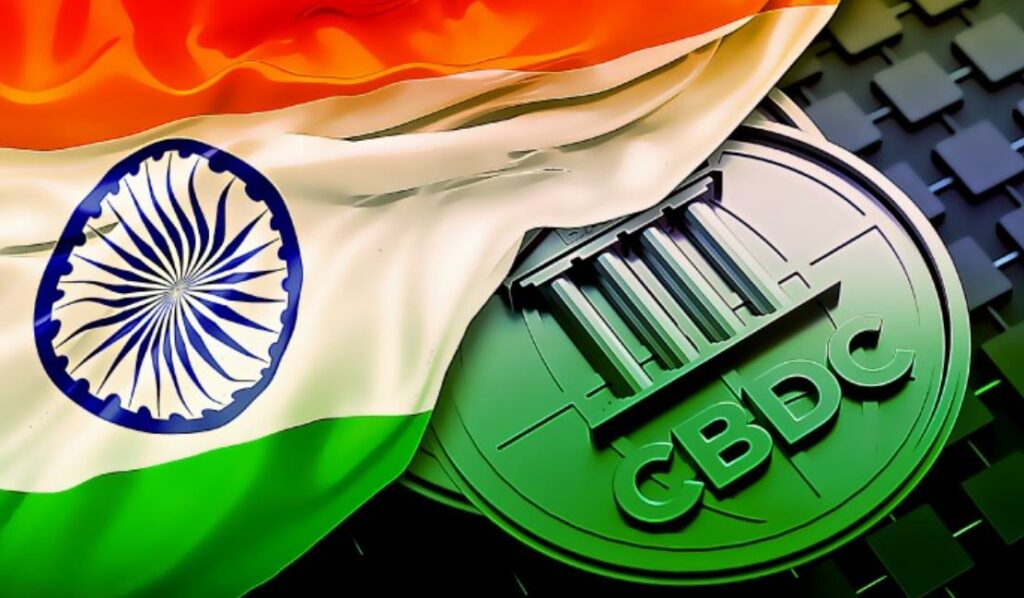In a recent interview, Reserve Bank of India (RBI) Executive Director Ajay Kumar Choudhary gave an update on the central bank’s digital currency (CBDC), emphasizing that the digital rupee will serve as an alternative to cryptocurrencies. Choudhary explained that CBDCs will soon become a medium of exchange in India and need to have all the characteristics of physical money, including anonymity.
The executive director of the Reserve Bank of India further elaborated that the digital rupee will provide the public with currency in digital form and will serve as an alternative to cryptocurrencies. His statement echoes recent statements by RBI deputy governor T. Rabi Sankar that a digital rupee should be able to do everything a cryptocurrency can do, but without the associated risks of crypto.
India’s central bank started trials of its digital rupee in the wholesale and retail sectors in November and December last year. Reliance Retail becomes the first retailer to accept the digital rupee. Last month, Sankar revealed that the digital rupee now has more than 50,000 users and is accepted by 5,000 merchants.
RBI Governor Shaktikanta Das said in December last year that CBDCs are the money of the future. He clarified that India’s existing instant real-time payment system, the Unified Payments Interface (UPI), relies on banks as intermediaries, while a CBDC would function more like physical banknotes with automatic swiping in and out.
Despite the growing popularity of cryptocurrencies in India, the Reserve Bank of India continues to recommend a blanket ban on them, including bitcoin BTC -0.93% and ethereum ETH -0.36%. Das warned that cryptocurrencies pose significant risks to India’s financial stability, monetary system and cybersecurity. Moreover, he warned, it could weaken the central bank’s authority.
Explore the Offline Features of Digital Rupee
Choudhary said in an interview that the RBI is exploring the offline functionality of the digital rupee. The offline functionality of the CBDC will enable users to conduct transactions without an internet connection. This is especially useful in areas with poor or unavailable internet connections.
The RBI executive director also reiterated that India’s CBDC will be designed to be minimally disruptive and will not replace physical currency or the current financial system. Instead, it will provide a digital alternative to cash and enable greater financial inclusion for all citizens.
The digital rupee will have a similar value to physical currency and can be used for online transactions, peer-to-peer payments, and even in-store purchases. It will also enable faster, cheaper and safer cross-border transactions, making it an attractive alternative to traditional methods of sending money.






